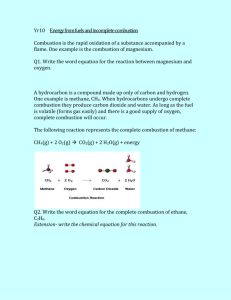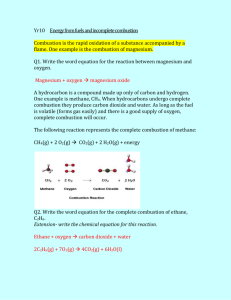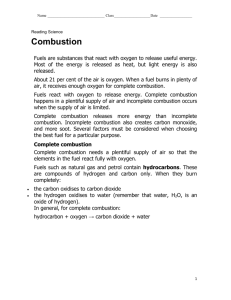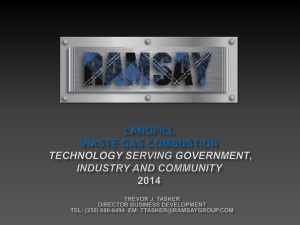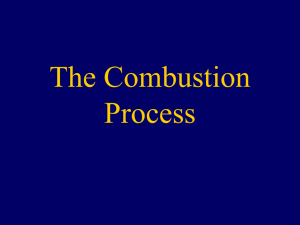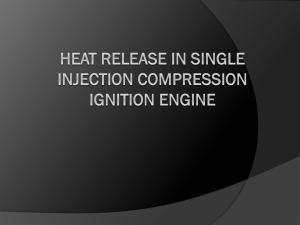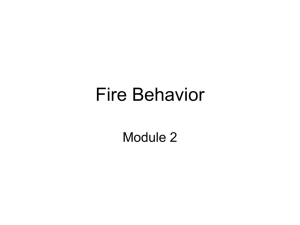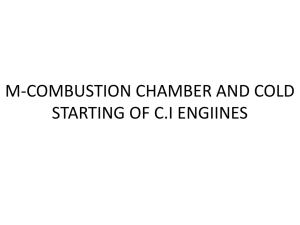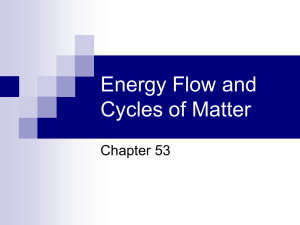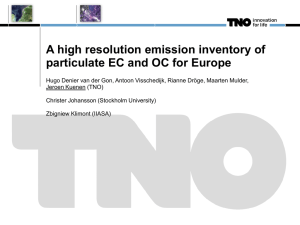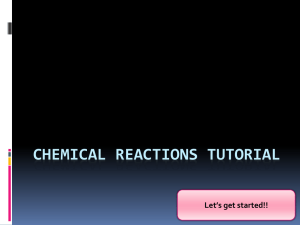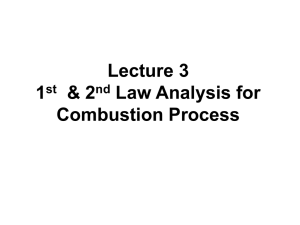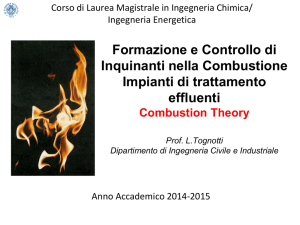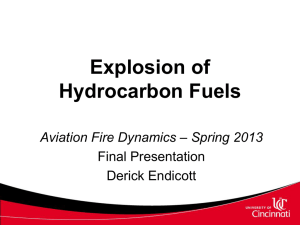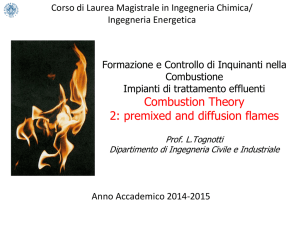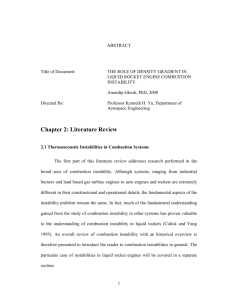Combustion and Fuel - Integrated Science 1
advertisement
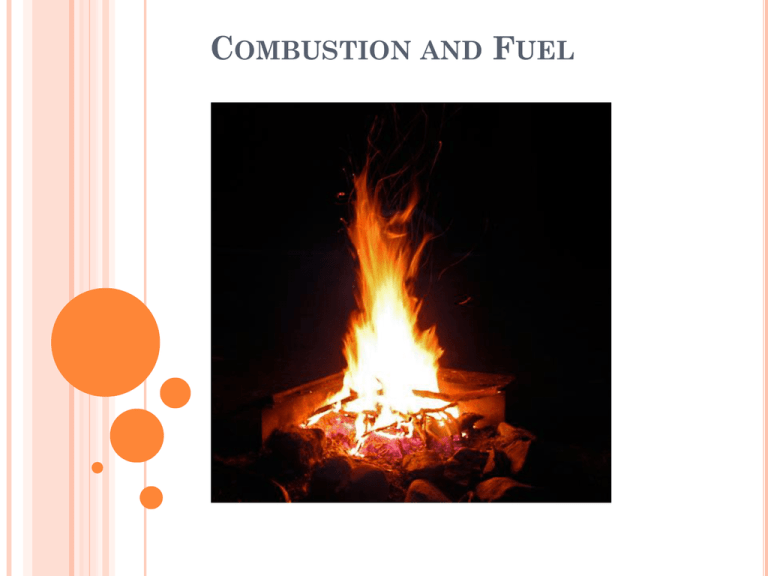
COMBUSTION AND FUEL Performance Task You and your group will be given a source of energy and have to convince the Department of Energy of the Philippines that your source is the best to power the Philippines into the future. But first we must understand how fuels burn, and their effects on the planet. Fuels react with oxygen to release energy. Complete combustion happens in a plentiful supply of air. Incomplete combustion occurs when the supply of air is limited. Complete combustion releases more energy than incomplete combustion. Incomplete combustion also creates carbon monoxide, and more soot. Which we saw in the lab. Combustion Fuels are substances that react with oxygen to release useful energy. Most of the energy is released as heat, but light energy is also released. About 21 per cent of the air is oxygen. When a fuel burns in plenty of air, it receives enough oxygen for complete combustion. Methanol- CH40 Ethanol- C2H60 Propanol- C3H80 Butanol- C4H10O Fuels such as natural gas and petrol contain hydrocarbons. The fuels such as isopropanol, ethanol and the other fuels from the lab also contain these hydrocarbons. Complete Combustion Complete combustion needs a plentiful supply of air so that the elements in the fuel react fully with oxygen. When these fuels burn completely it’s known as complete combustion In general for complete combustion: hydrocarbon + oxygen → carbon dioxide + water Incomplete Combustion Incomplete combustion occurs when the supply of air or oxygen is poor. Water is still produced, but carbon monoxide and carbon are produced instead of carbon dioxide. In general for incomplete combustion: hydrocarbon + oxygen → carbon monoxide + carbon + water The carbon is released as soot. Carbon monoxide is a poisonous gas, which is one reason why complete combustion is preferred to incomplete combustion. Gas fires and boilers must be serviced regularly to ensure they do not produce carbon monoxide. Bunsen Burner The Bunsen Burner uses methane CH4 as its fuel which is a hydrocarbon The air hole allows for complete or incomplete combustion to occur. methane + oxygen → carbon dioxide + water When the air hole is opened fully a blue flame is produced, and complete combustion occurs. A very hot, blue flame is produced. Air hole closed When the air hole is closed the natural gas can only mix with air at the mouth of the chimney. Incomplete combustion occurs as a result: methane + oxygen → carbon monoxide + carbon + water The yellow flame is often called the safety flame A yellow flame is produced, which transfers less heat energy than the blue flame. The yellow flame is brighter than the blue flame because the specks of carbon glow when heated. GREENHOUSE EFFECT http://www.youtube.com/watch?v=dP-tg4atr5M ATMOSPHERE GASES GREENHOUSE GASES Excluding water Vapor which can be up to 40%

